The Basingstoke Canal was built in 1794 to connect Basingstoke with the River Thames at Weybridge. Its intended purpose was to allow boats to travel between the docks in East London and Basingstoke allowing goods such as flour, timber and coal to be transported. It was never a commercial success and from the 1950’s due to many years of neglect the canal became increasingly derelict. A restoration programme commenced in 1977 leading to most of the canal being re-opened as a fully navigable waterway in May 1991.
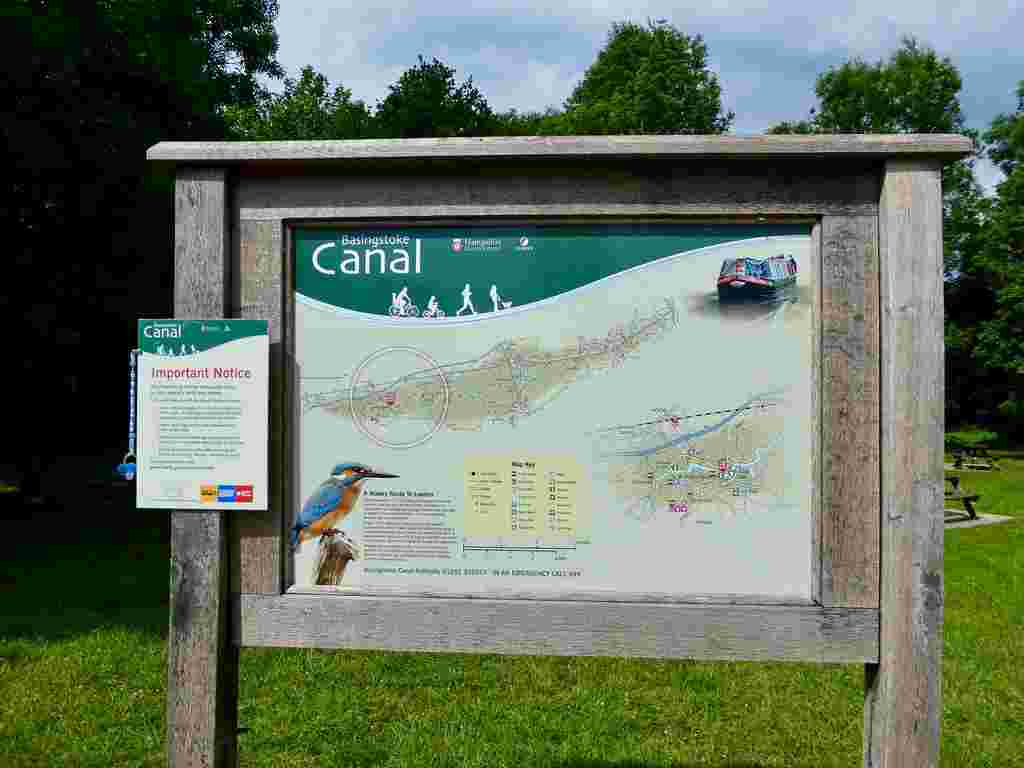
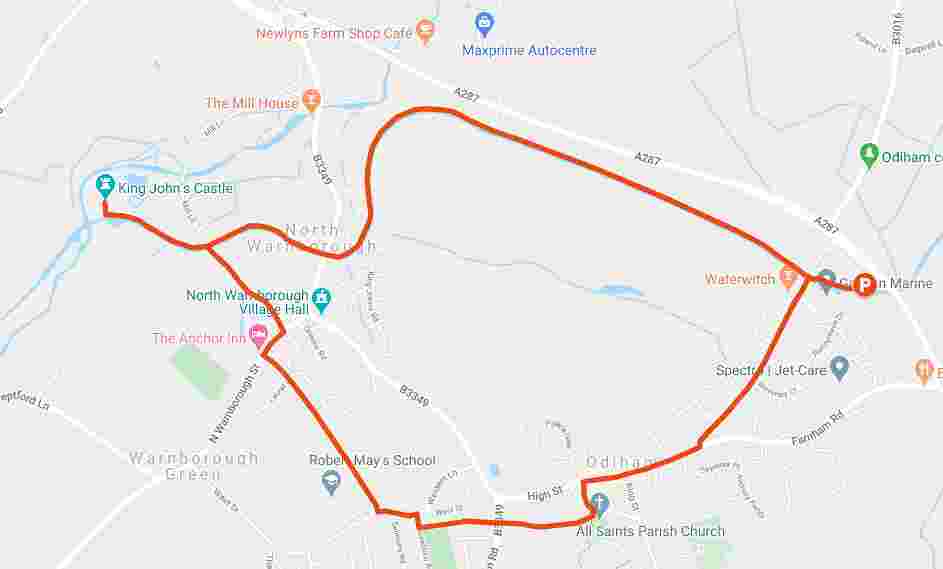
Odiham is a picturesque rural village in north Hampshire located just south of the M3 motorway midway between Fleet and Basingstoke. There is a large free car park at Colt Hill overlooking Odiham Wharf and it was from there that we commenced our walk. Its a very pleasant spot with picnic benches along the grassy bank and also the base for boat hire and pleasure trips.
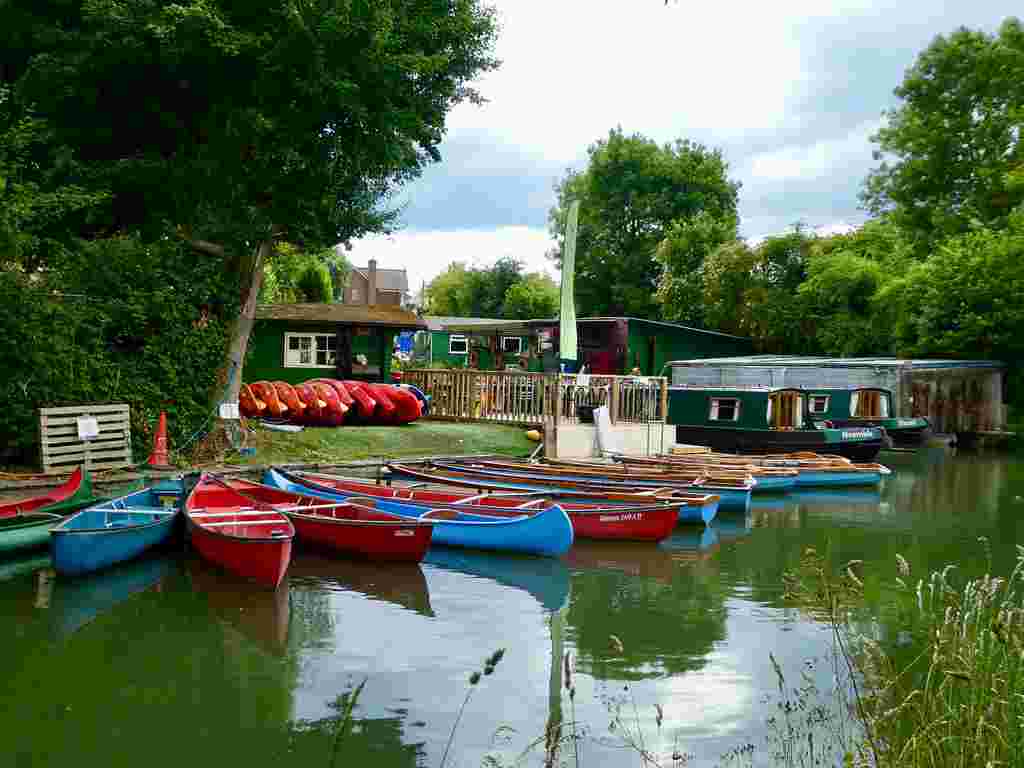
The Basingstoke Canal Society operate two large pleasure boats for circular boat trips plus some accessible boats for people with disabilities and mobility issues to enable them to enjoy the canal. Another company, Galleon Marine operate a fleet of four narrowboats offering canal boat holidays and short breaks along this attractive waterway.
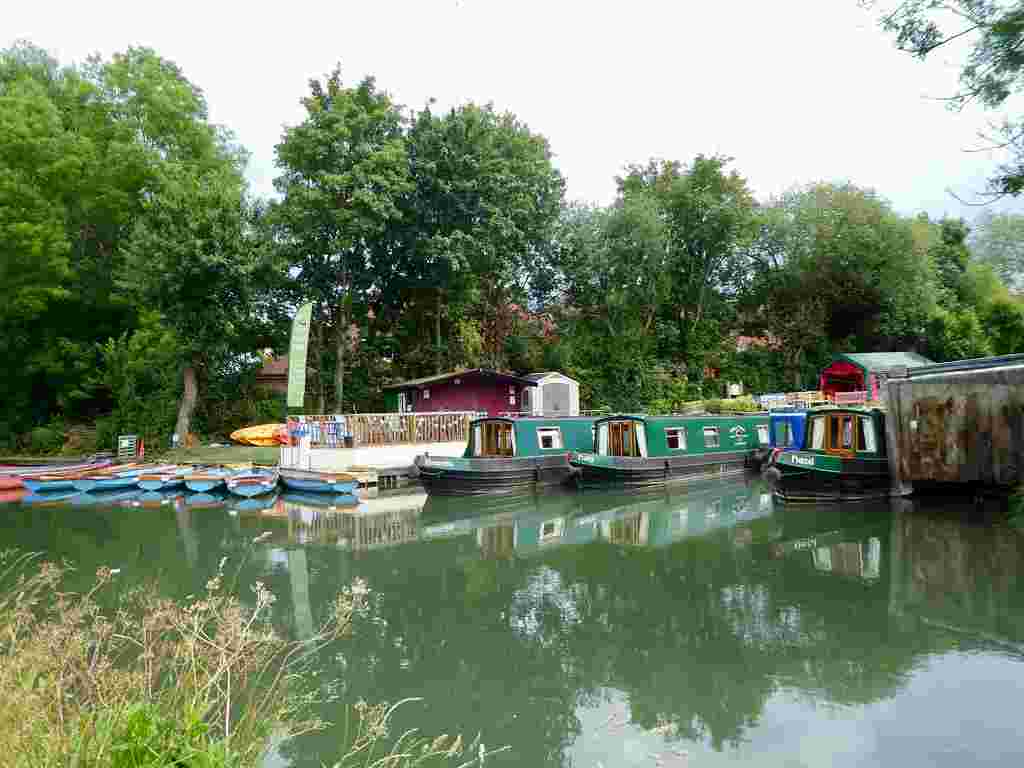
Setting off for a walk along the canal, we looked longingly across the water at the attractive Waterwitch Pub which dates from the 17th century, with its extensive beer gardens stretching down to the water’s edge. Alas, the pub remained closed due to the Coronavirus pandemic but like a lot of places, I’ll look forward to calling in for a bar snack and a drink when its up and running again.
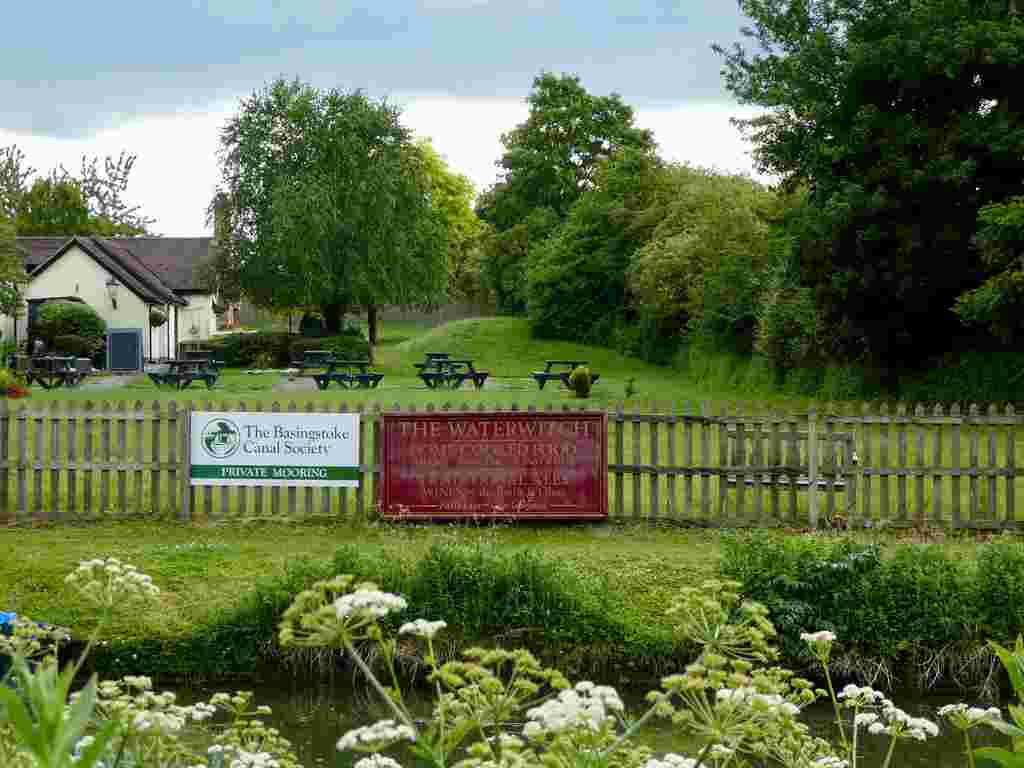
Continuing on our way along the tree lined towpath we passed through woodland and open fields. The forecast had been for thundery showers but as it was such a warm afternoon we’d thrown caution to the wind and left our coats and umbrellas in the car. As we progressed, the skies became leaden and we could hear claps of thunder in the distance but we decided to press on and hope for the best.

We came across few other walkers, most probably because they had taken more notice of the weather forecast than us. A swan and her young were nesting on the far bank, the cygnets looking all soft and fluffy. They seemed content sharing the small clearing alongside a couple of ducks. Tucked in the tress were several picture perfect cottages looking quintessentially English with their rambling roses over the doorways. A lone stand up paddle boat drifted along powered by a girl with either her sister or friend balancing on the front.
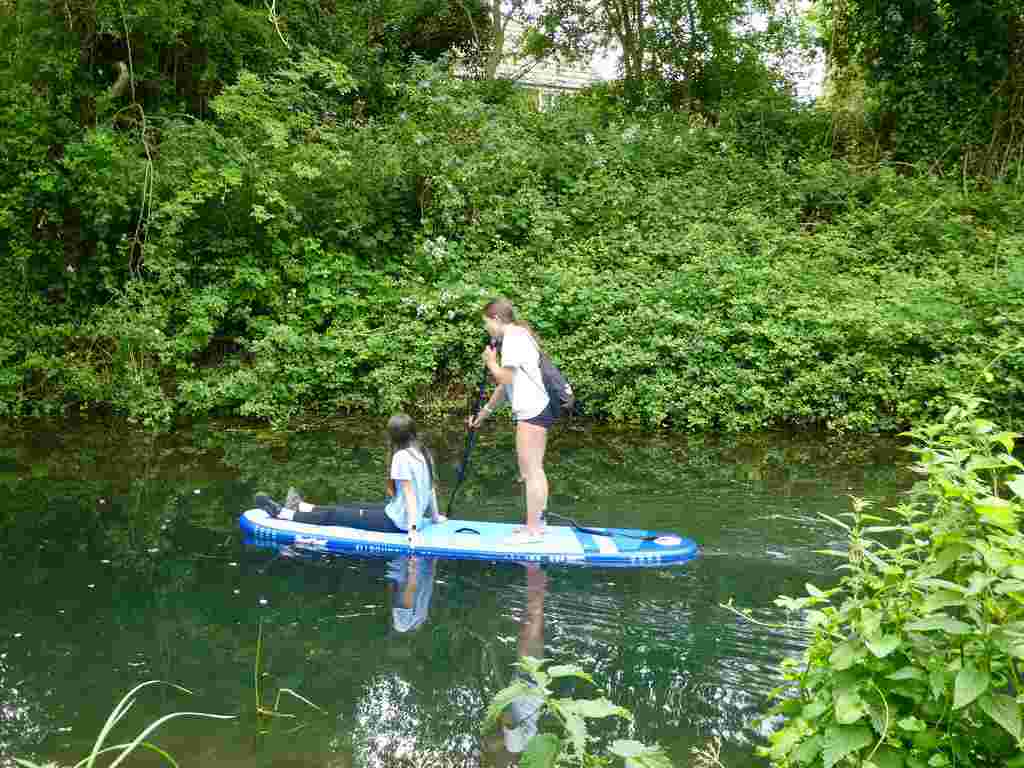
Just beyond Mill Bridge stands the remains of Odiham Castle which has free admittance. As Odiham is located approximately half way between Winchester and Windsor it was a frequent stopping off point for Norman Kings. A large deer park was created around Odiham for royal hunting where today there are numerous footpaths criss-crossing the land.
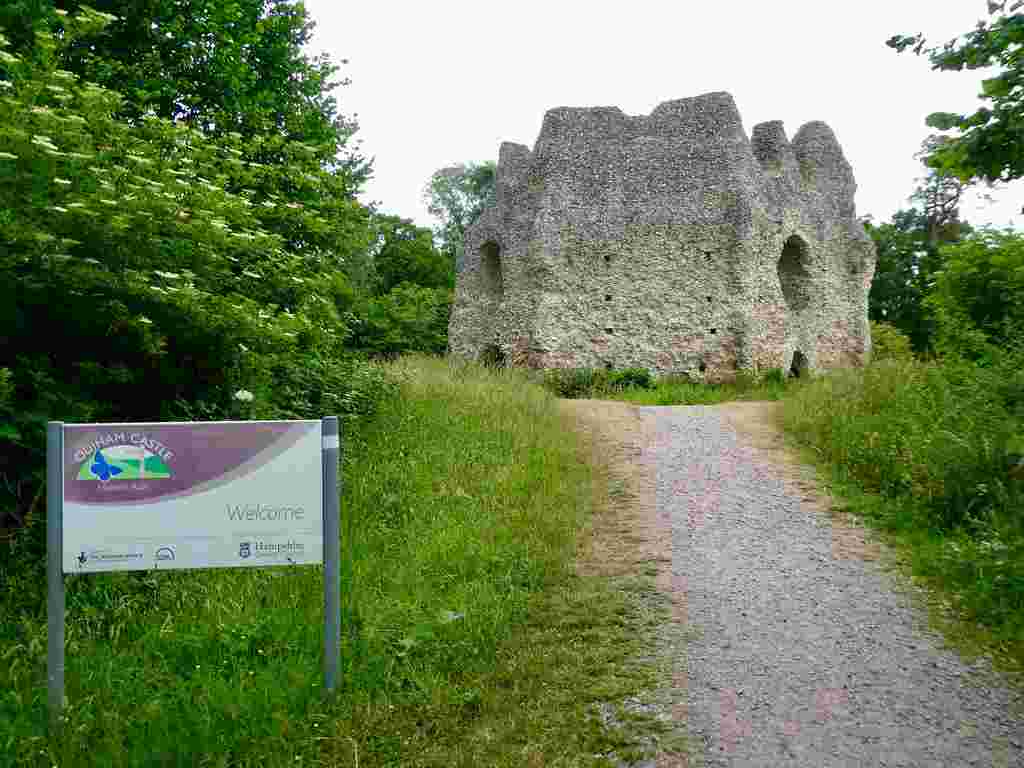
The castle is over 800 years old and is only one of three fortresses built by King John during his reign. It has played a part in many historical events including involvement in the signing of the Magna Carta, a French siege and the imprisonment of a Scottish King. We explored what was left of the castle ruins and paused to read the information boards where we learnt a little about its historical significance.
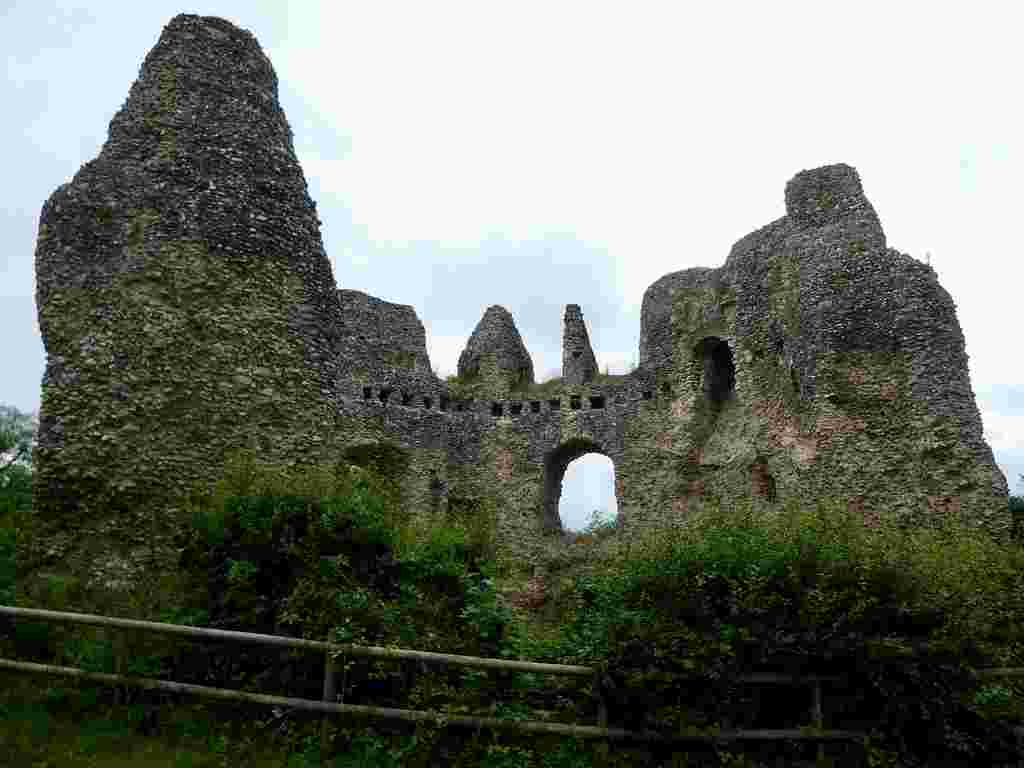
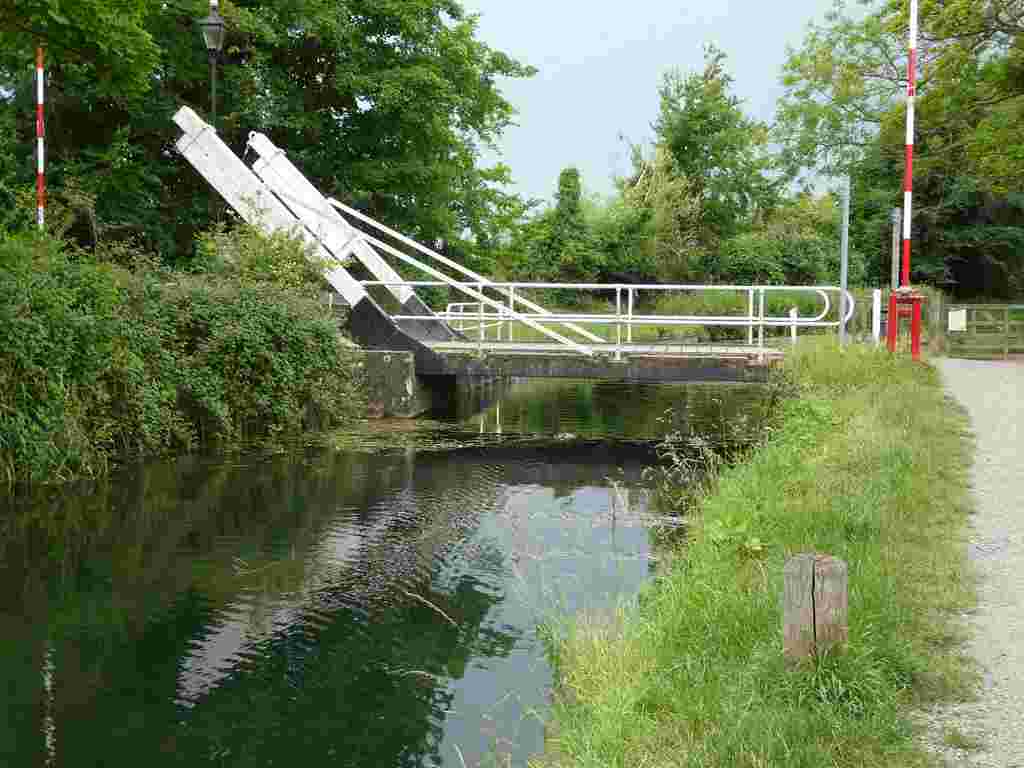
Retracing our steps a short distance back to the lifting bridge we spent awhile admiring a couple of gorgeous Shetland ponies in a large paddock on the corner of Mill Lane. It seemed to take ages until they both turned around and stood side-by-side enabling me to take their photograph.
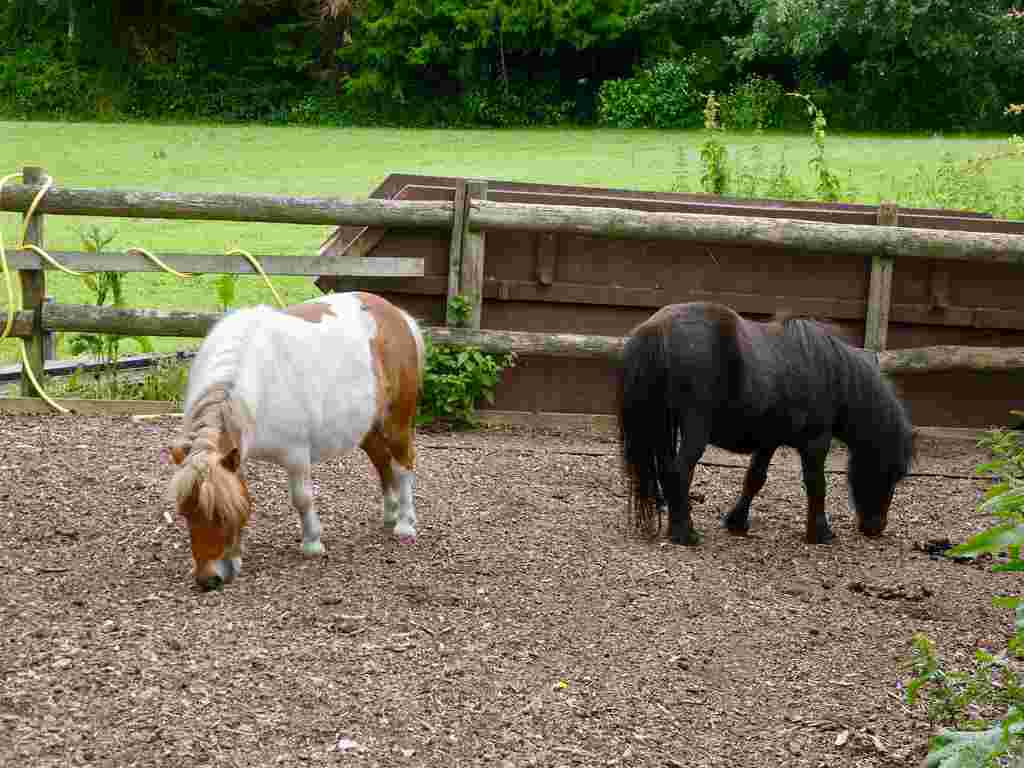
Our stroll then continued along the Mill Lane and then onto a narrow footpath surrounded by high walls that led us to the 13th century Norman Church.
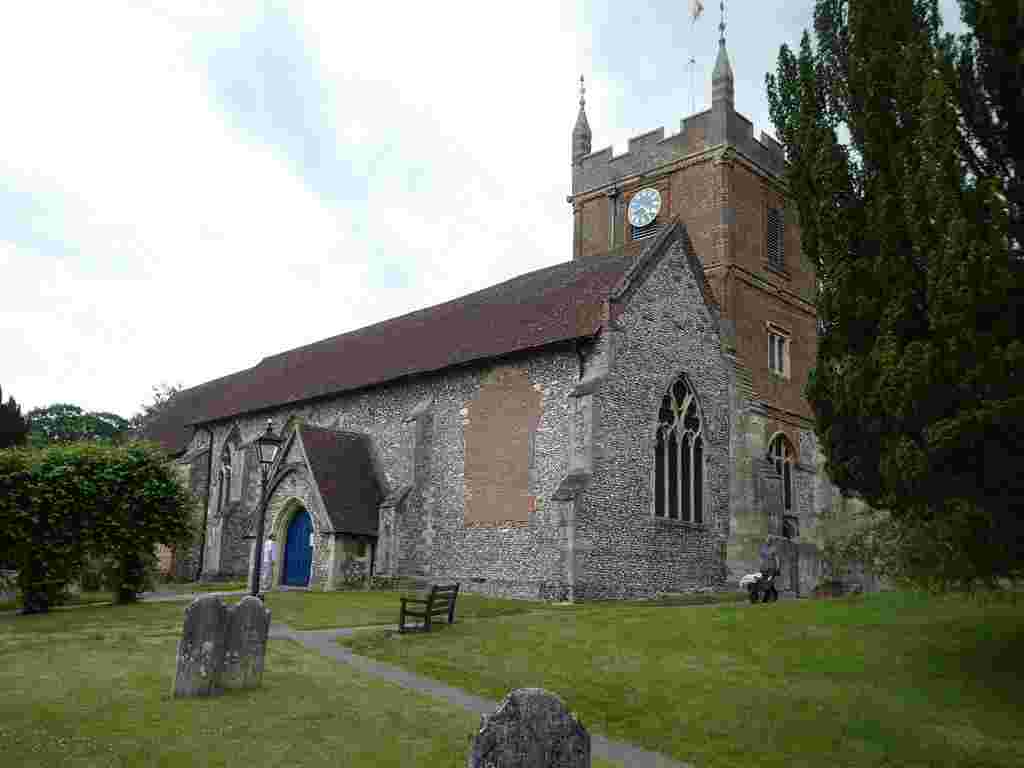
Two vans from a bell hanging company were parked outside indicating that some renovations were taking place. I’d never seen evidence of a bell hanging company before although I’ve climbed numerous church towers and viewed bell ringing chambers in recent years but I assume they must need maintaining occasionally.
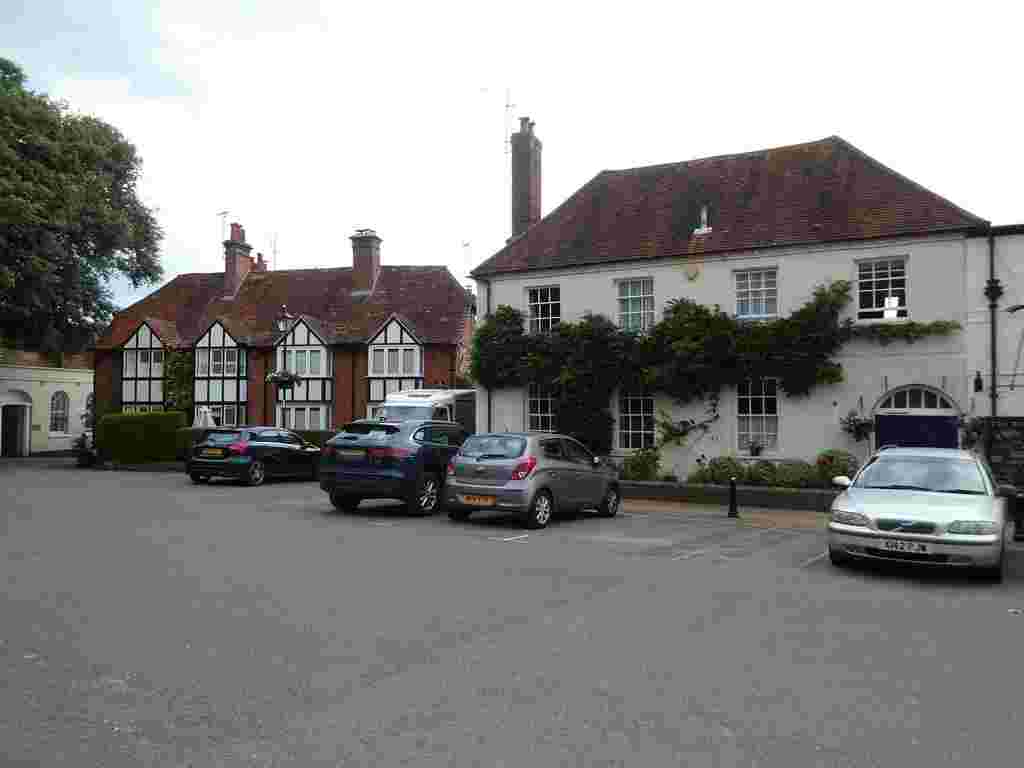
We then followed a passageway across the road from the church which brought us into the village centre. Odiham became a market town in the Middle Ages and still retains some of its medieval timber framed buildings today whilst others have had Georgian frontages added to hide their original timber framing.

Along the impressive wide high street are a collection of numerous restaurants, interesting small shops and country pubs. Some of the shops were back open but with cafes and restaurants still closed the overall experience felt somewhat flat.
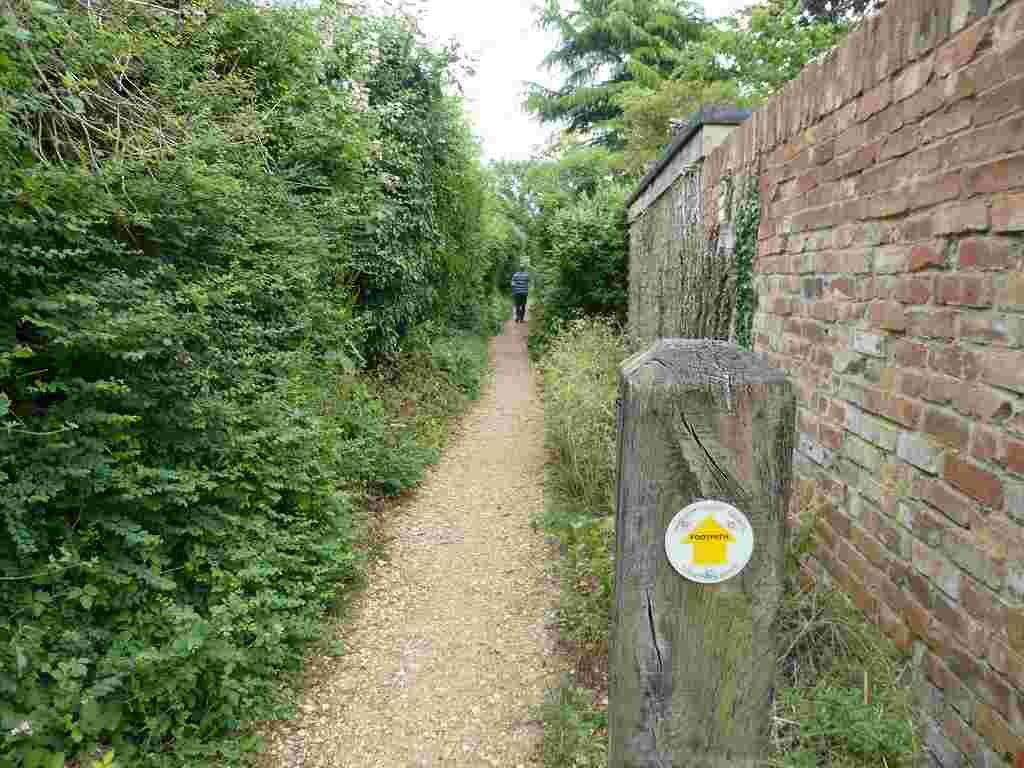
Our looped route back to Odiham Wharf took us alongside more delightful country cottages looking so pretty with bunting strung across the lane. I don’t know what it is about bunting but wherever it’s hung, it always lifts my spirits creating a jolly atmosphere.
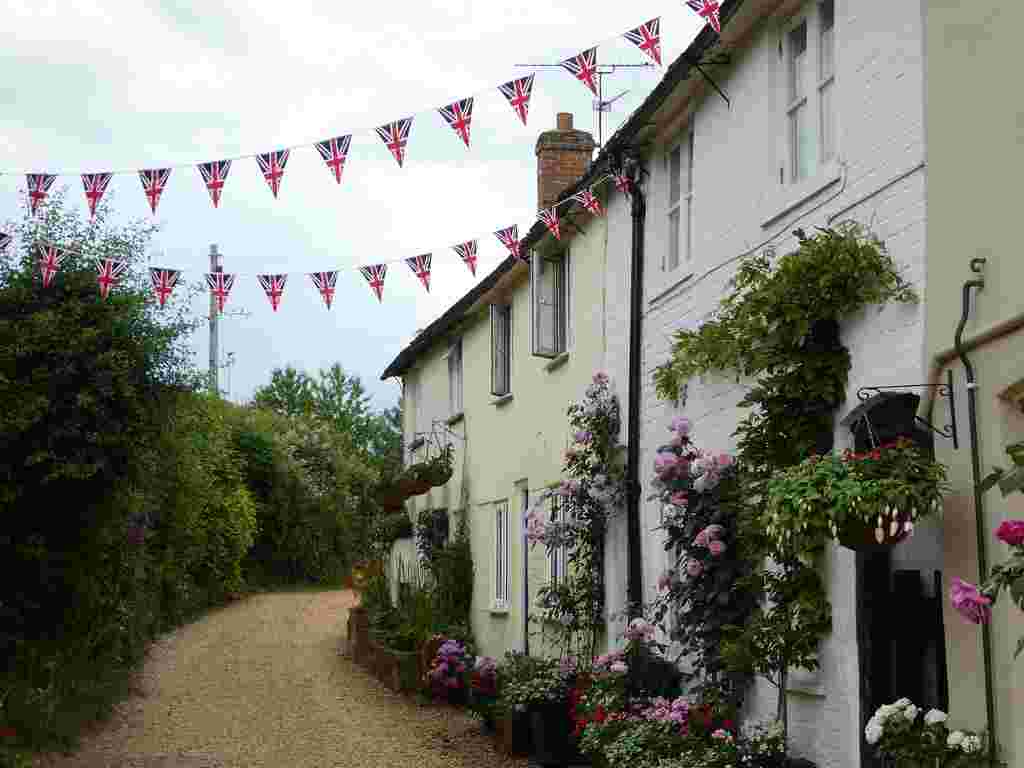
As well as rumbling thunder our stroll had been punctuated by the sounds of helicopters hovering overhead. Lying just south of the village is RAF Odiham, which is home to the Royal Air Force’s heavy lift Chinook helicopters. I don’t mind aircraft noise but am not very keen on thunder.

Luckily though, we had timed our walk to perfection because just as we were approaching the car we felt spots of rain which then became torrential as we were driving back home.
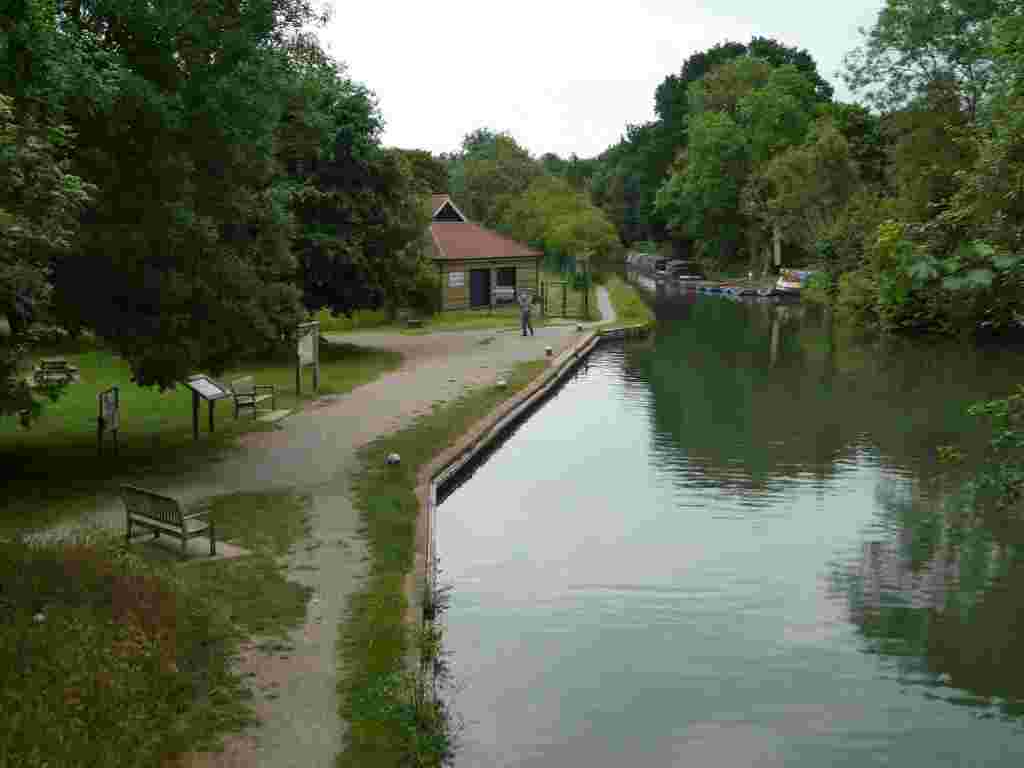
It was my first visit to Odiham but it won’t be my last – later in the summer I’ll definitely be back enjoying the village and canal when everything is in full swing!
If you have enjoyed reading this post you may also like:
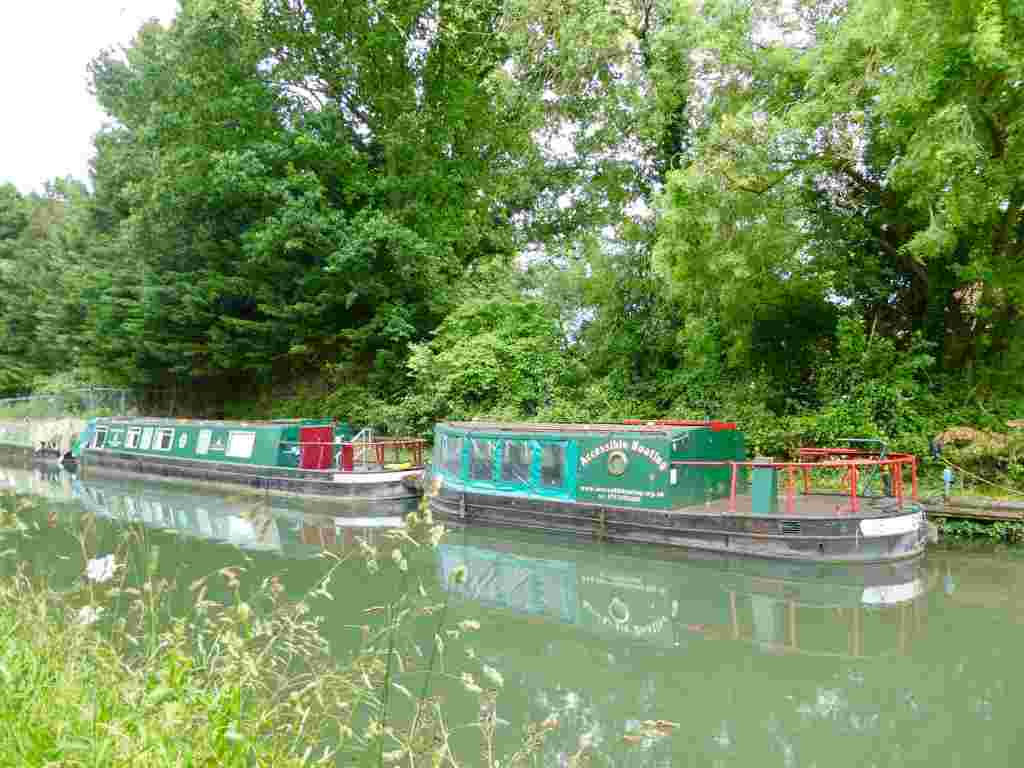

Leave a comment